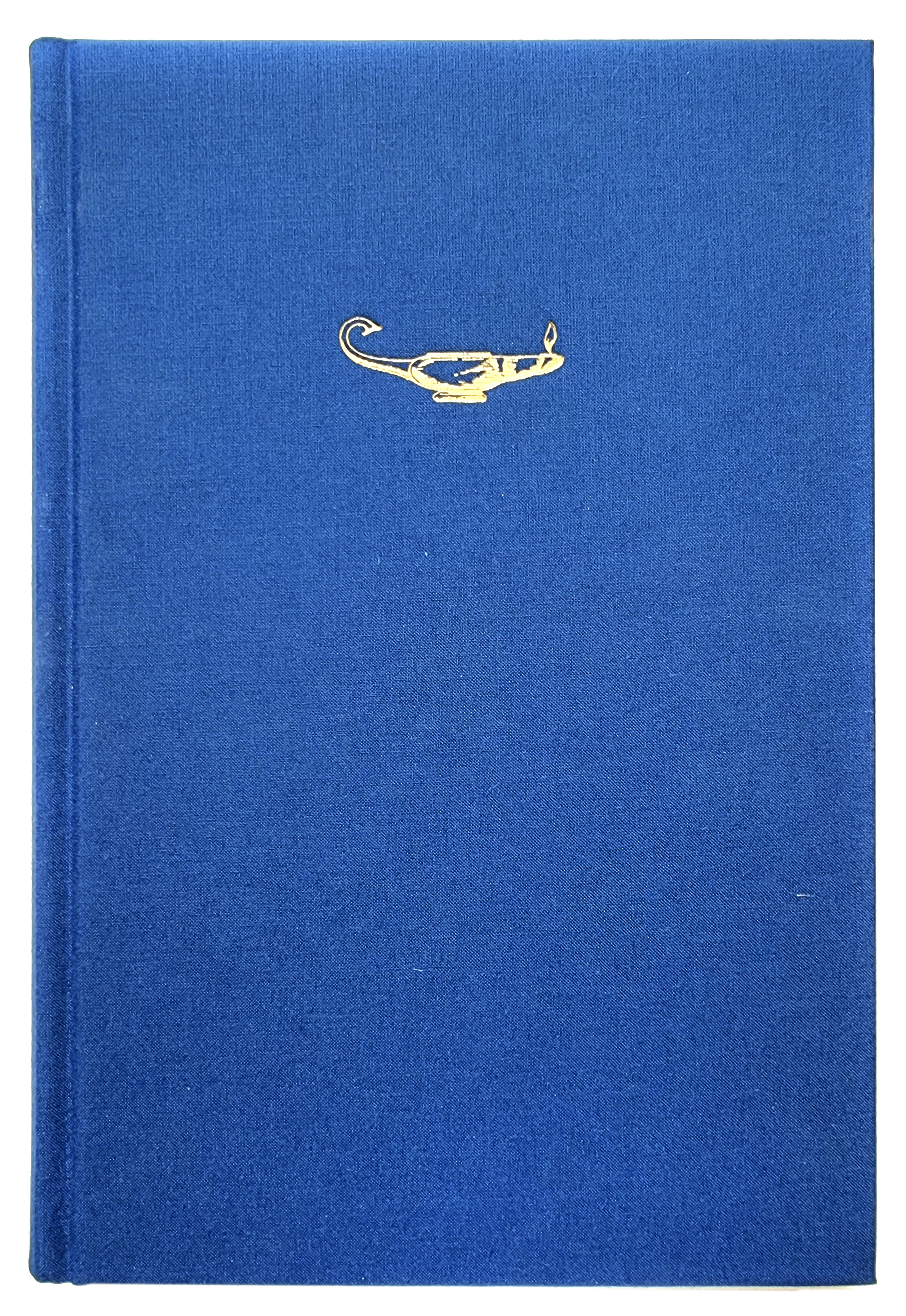Barock zoologi
Ktonisk distansering i Haquin Spegels Guds werk och hwila
Nyckelord:
Haquin Spegel, Swedish baroque, Insects, Reptiles, Amphibians, Great chain of being, Scala naturaeAbstract
By looking at scientific, religious, and aesthetic ideas concerning animals that were regarded as occupying a low position in ‘the great chain of being’ in early modernity, the article analyses how, and for what reasons, the Swedish poet Haquin Spegel (1645–1714) treats these kind of animals in his work on the seven days of creation, Guds werk och hwila (The work and rest of God, 1685). Since Aristotle, these creatures— e.g., different reptiles, amphibians, and insects—had been connected to the element of the earth and, as such, had become associated with materiality, chaos, and, in a later Christian context, immorality and sin. The article shows how their ambivalent and paradoxical nature during the seventeenth century on the one hand was used to convey baroque aesthetics and ideas, but on the other hand could be very problematic in a more classicist perspective. In the cultural milieu of Sweden, to associate oneself with these animals could present a liability to both authors and readers alike. Thus, when forced to deal with them as parts of the creation, Spegel employs several rhetorical and poetic strategies to weaken their baroque ‘power’. This to a large extent confirms the resistance to baroque expressions among Swedish seventeenth-century authors, noted by earlier scholars, but also shows how ‘the baroque’ in the guise of material animals, was not always possible to avoid, and had to be addressed in each text.
Downloads
Publicerad
Nummer
Sektion
Licens
This work is licensed under a Creative Commons Attribution 4.0 International License. The copyright for the work published in Lychnos remains with the authors.


